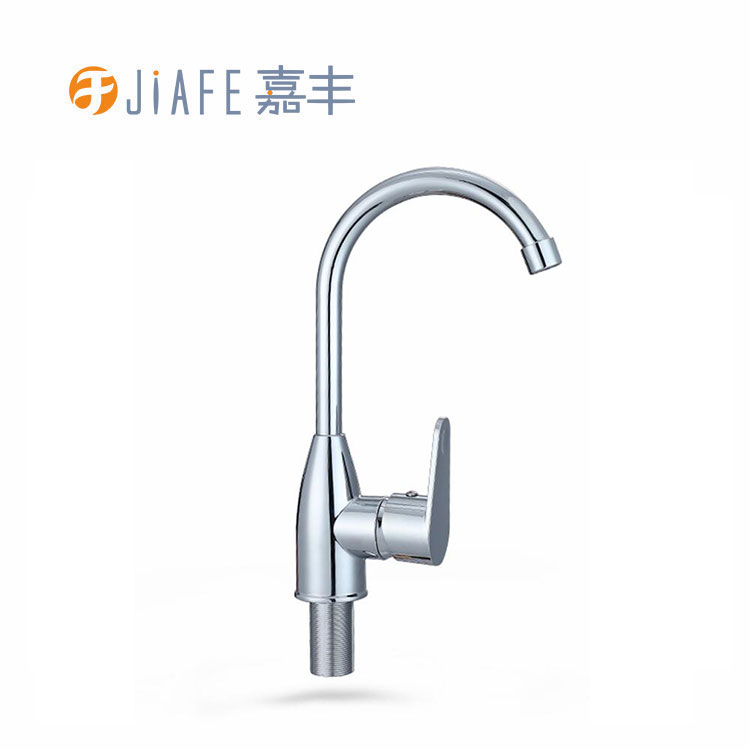Unveiling Durability: The Role of ABS Construction in Faucet Corrosion and Wear Resistance
2023-11-14
Introduction:
When it comes to selecting a kitchen faucet, the material it's constructed from plays a pivotal role in determining its longevity and performance. One material that has gained prominence for its durability is ABS (Acrylonitrile Butadiene Styrene). In this blog post, we'll explore how the ABS construction of a faucet significantly impacts its resistance to corrosion and wear, ensuring a reliable and long-lasting kitchen fixture.
Understanding ABS Construction:
ABS, a thermoplastic polymer, boasts a combination of acrylonitrile, butadiene, and styrene. This unique composition results in a material known for its strength, rigidity, and exceptional durability. In the context of kitchen faucets, ABS construction contributes to the overall robustness of the fixture.
Corrosion Resistance:
1. Immunity to Rust:
- One of the standout features of ABS is its resistance to corrosion, making it particularly adept at withstanding the challenges posed by water exposure in kitchen environments. Unlike metal faucets, ABS is immune to rust, ensuring that your faucet maintains its aesthetic appeal over time.
2. Moisture Resistance:
- Kitchens are inherently moist environments, and faucets are consistently exposed to water. The ABS construction forms a protective barrier, resisting the harmful effects of moisture and preventing the development of corrosion that could compromise the integrity of the faucet.
3. Chemical Resistance:
- ABS is inherently resistant to a variety of chemicals, including those commonly found in household cleaning agents. This resistance ensures that the faucet can withstand regular cleaning without succumbing to chemical-induced corrosion.
Wear Resistance:
1. Impact Resistance:
- The ABS material's inherent toughness makes the faucet highly resistant to impact. This is especially crucial in a bustling kitchen where utensils, pots, and pans may inadvertently come into contact with the faucet. ABS construction helps the faucet maintain its structural integrity even in the face of minor impacts.
2. Scratch Resistance:
- The surface of an ABS-constructed faucet is less prone to scratching compared to some other materials. This resistance to scratches ensures that the faucet retains its smooth and polished appearance, contributing to the overall aesthetic of the kitchen.
3. Longevity of Finish:
- The durability of the ABS material extends to the finish of the faucet. ABS construction ensures that the finish remains intact over time, reducing the likelihood of chipping, peeling, or discoloration that can occur with less resilient materials.
Conclusion:
In the realm of kitchen faucets, the ABS construction emerges as a formidable ally against the forces of corrosion and wear. The inherent properties of ABS make it an excellent choice for homeowners seeking a reliable, low-maintenance faucet that can withstand the rigors of daily kitchen activities. When investing in a kitchen fixture, understanding the impact of ABS construction on corrosion and wear resistance ensures not only a durable but also a visually appealing and long-lasting addition to your culinary space.



